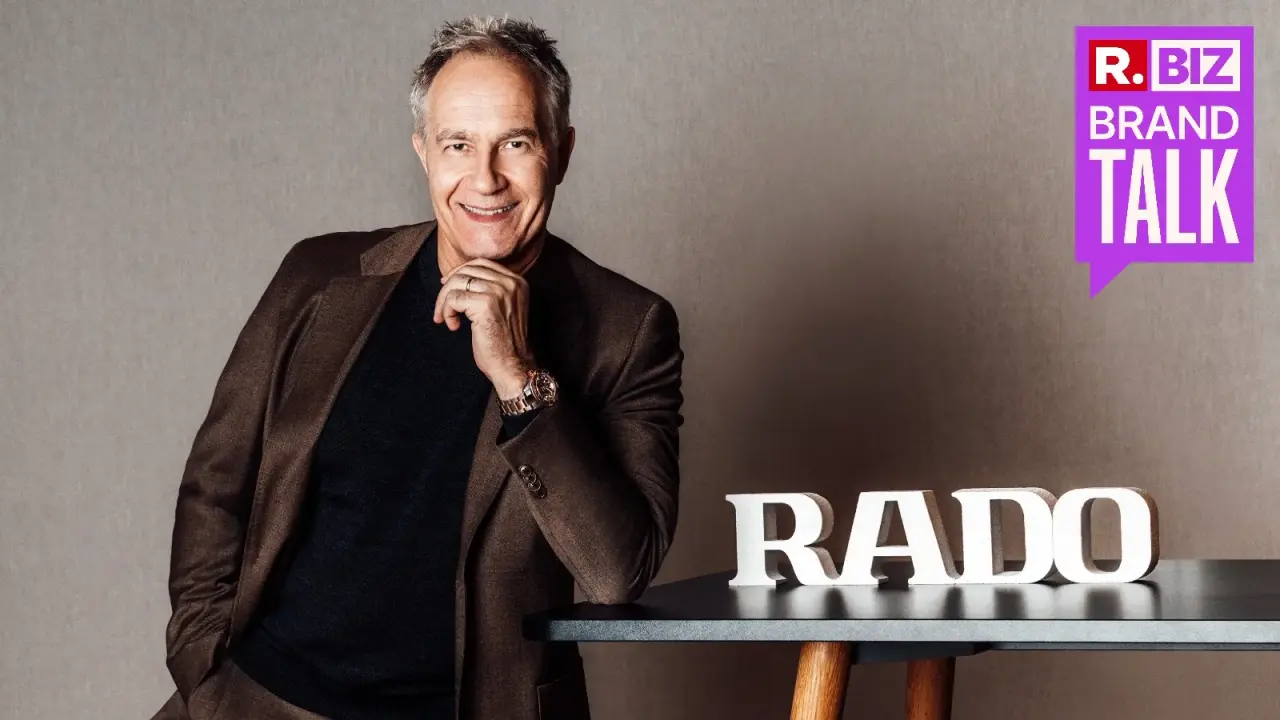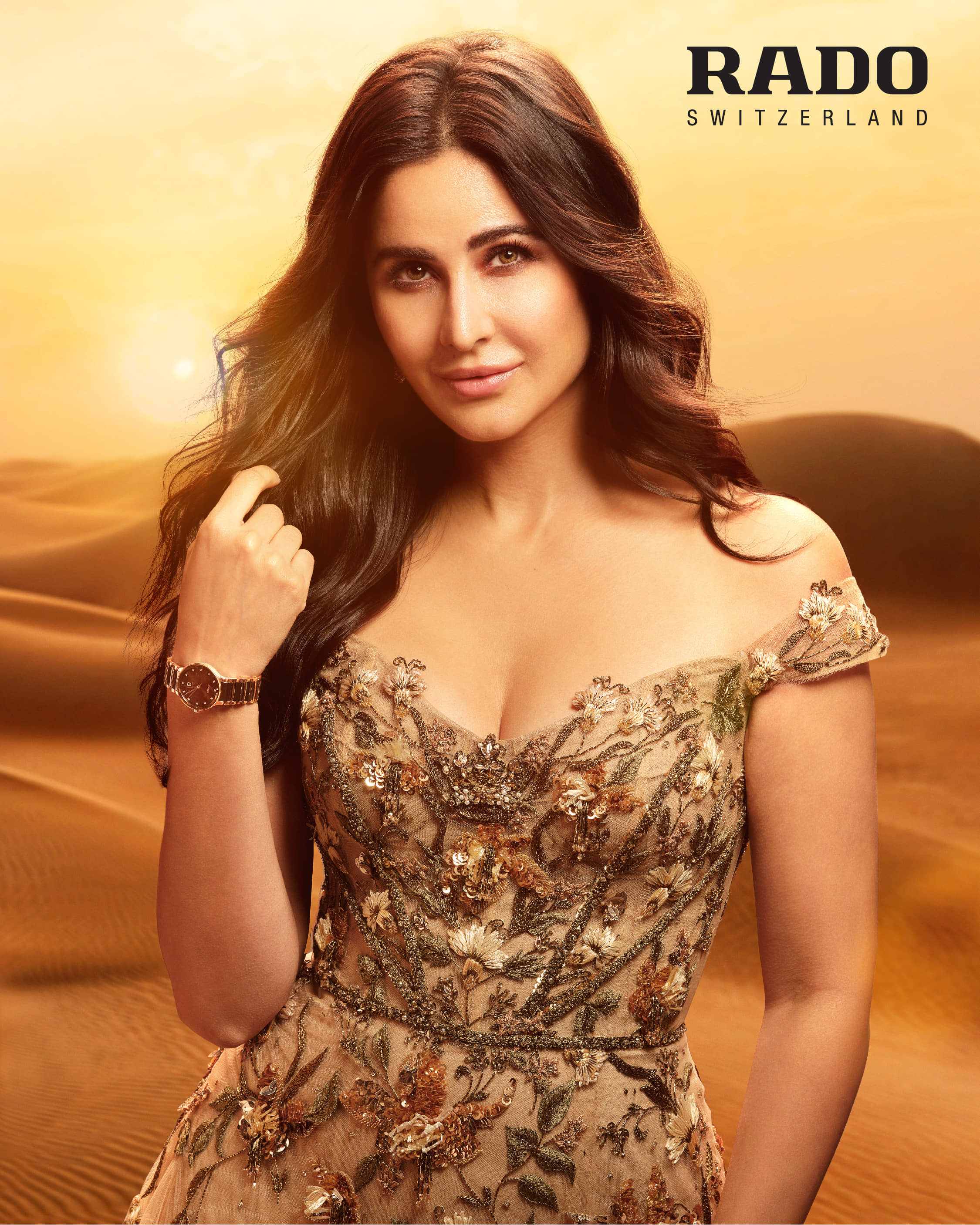Updated 2 November 2023 at 12:41 IST
Refined taste and growing wallet size will drive the Indian luxury market
In an exclusive interview with Republic, Adrian Bosshard, CEO, Rado shares key insights into India's growing luxury market.
- Opinion News
- 7 min read

The Pandemic has refined consumer patterns with people valuing premium goods now more than ever. This, along with a growing economy and wallet size of the Indian shopper spells good news for the luxury watch market. Also, the smartwatch industry has made no dent in the Swiss watch market claims the CEO of Rado, Adrian Bosshard in an Exclusive Interview with Republic. Edited excerpts.
How big is the luxury watch market now globally and in India?
The luxury market is generally growing since years. The watch industry as well as a lot of other industries. The fact that globally people have better education, and they also have opportunities to get good jobs, to have a certain revenue to participate in the luxury industry. The luxury industry is very nicely growing in India, especially in the watch industry. Rado the brand has a unique position because for the whole watch industry, the Indian market is not in the top 20 markets but for Rado, it's one of the top three markets. In the country, the portfolio of the brand is making us very proud because it shows that the Indian customer who has a lot of expectation of a luxury product is really appreciating the quality of what we are doing.
Globally what are the big markets for you?
For us, the big four are China, India, UAE and USA. Of course, also the countries with the biggest population and countries which are step by step discovering the beauty of the watch industry. Just to talk about the big markets, I visited China for the first time in 2003 for the watch business and I have visited India for the first time last year (2022). And I felt a bit of the same situation. China 20 years ago was heavily growing, but the market was still small because the economy had started developing. And I felt last year the same situation in India. India has educated, hardworking people who have a lot of social competence; people who are really starting to be part of the global economy. This is good for us because the Swiss watch industry has a huge history and important roots. Personally of course as a big lover of Swiss watches and of course of Rado, I'm very proud that more and more Indians are becoming familiar with the beauty of a Swiss watch and specially, the Rado watch.

The Pandemic has shifted the consumption pattern of people while nudging them towards the good life. Do you feel this is a worldwide phenomenon?
During the Pandemic, business was shut down globally and very heavily for a couple of months. But we saw that immediately after it was over, the demand came back. What we saw as well was that the Pandemic had changed a bit the behaviour and the attitude of the people. During this time people thought about their life and their desires. Today we see a lot of customers who prefer to buy a bit less but premium goods and make an investment for sustainable long-term good. And this, of course, is definitely very good for our industry because we are not at all selling short-term consumption goods. We are selling watches for an important part of the life, often even for a lifetime, for the whole life, often also for already for the next generation. Basically, a legacy possession which can be part of the heirloom. Rado is in that category.
The watch industry has been disrupted by the arrival of the smartwatch. Do you feel the impact in any way?
I'm already in the watch industry for 27 years; of course, the arrival of the smartwatches was an important revolution, and a lot of people had the fear that this would take a part of the Swiss watch industry. But in our group, we were always very clear, you must differentiate between a traditional Swiss watch with roots of decades like in the case of Rado and a short-term consumption good. A smartwatch is an instrument and it's a short-term consumption good. It's an electronic good and those are two different things. I have three kids between 22 and 30 – they also wear a smartwatch for sports. But when they are going out, when they go to work or when they have a big event with the family, they wear the watch which they got from my wife and from me when they got the maturity, or they got an important achievement. And this is the big difference. The Swiss watch industry is not competed by the smartwatch because they are different consumption goods. A smartwatch is like my mobile. My mobile, when it's broken, I will put it away and they will buy a new one and this will disappear. But when I get a new watch, this beauty which I have on my wrist, I will keep my whole life. This is a big difference. A Swiss watch is an emotional consumption, good for a lifetime.

You have selected Katrina Kaif as the face of your brand. What was the reason for choosing a Bollywood star?
Being a big luxury brand like Rado, we never make short-term decisions. That would mean when we are starting a partnership, it must fit the values of our brand. This we see already. We have started eleven years ago with our collaboration with Hrithik Roshan. Hritik shares the value of our brand and therefore we have a very trustable, loyal, long-term collaboration. And with the same approach, we have decided to work with Katrina. Katrina shares the same long-term premium values as the Rado brand. As an actor, she is sending a very strong message to many people. We believe with her in the family, we will be capable of getting closer to more and more famous Indian customers who share the strengths and values of our beautiful Rado products.
What are your next, upcoming, and latest watches?
We have, during the last couple of weeks and months, launched two very important new products. On one side we have the product which we are launching now in collaboration with Katrina Kaif, the new Centrix. It's a very elegant, very graceful timepiece which has this typical Rado style with angle-to-angle sapphire glass which gives this iconic design to the watch. We have of course models with diamonds on the dials with very sophisticated dials as well. This is one important family. The other important family is our Captain Cook sports family. So, on one side the Captain Cook which is very sporty and of course very male-oriented and on the other side we have the Centrix which is elegant and classic and for ladies, a gentle product.
What is the typical price range of Rado India and who is the typical Rado customer?
In terms of price point, we have the price-positioning in the affordable luxury segment at around Rs 1,00,500. With Katrina and Hritik as our faces, it is obvious that we are not looking at a mainstream product. People who appreciate innovation, who appreciate designs, who appreciate timeless design, and quality and people who are searching for timepieces for a lifetime and not for a short span are our potential customers. In India, typically we see that the share of the gents-customers is a bit higher, with Katrina, we now want to bring the brand closer to the ladies.
Do you think that the luxury consumption, especially in luxury watches in India, is going to widen because of its growing economy?
I have seen when I visited India that the people have great passion to move things forward. They are very hands-on and engaged people. I see that more and more young people have a good education. We see a lot of Indians also in Dubai, in UK, in US and always they are engaged person who are ready to hard work. The luxury business without work, without also education is difficult and this space is here India. And I believe also the political circumstances is improving and giving a good base for international companies the opportunity to invest in India and develop business there. This is the base for a very bright future.
Advertisement
Published By : Leechhvee Roy
Published On: 30 October 2023 at 18:42 IST
